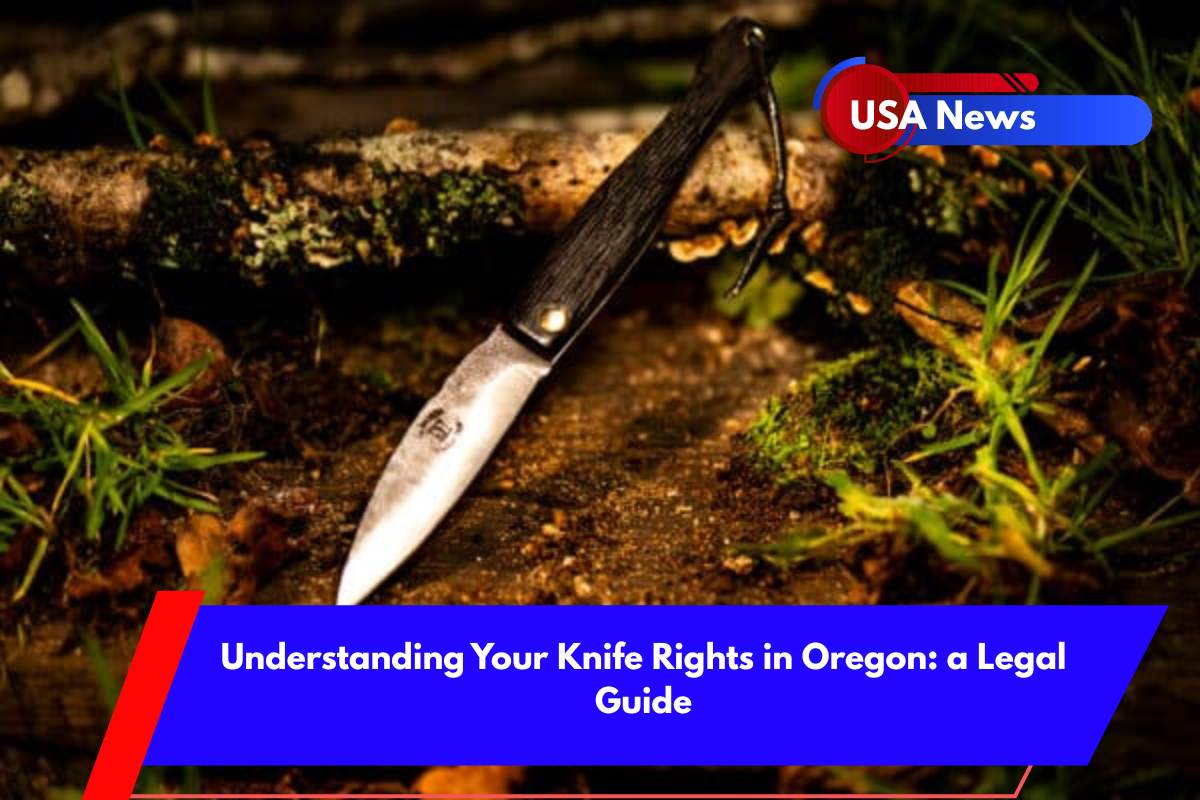Oregon is one of the more lenient states in the U.S. when it comes to knife ownership and carry, but there are important regulations to follow.
Whether you’re buying a knife, carrying one openly, or concealing it, understanding Oregon’s knife laws will help you stay within legal boundaries. This guide covers the key points, including ownership, types of knives, methods of carry, and location-specific rules.
Knife Ownership: What You Can Legally Own
In Oregon, most knives are legal to own, including a wide range of types. Here’s a list of common knives that you can legally possess:
Folding knives and pocket knives
Fixed blade knives, such as Bowie knives
Butterfly knives (balisongs)
Switchblades and automatic knives
Daggers, dirks, gravity knives, ballistic knives, ice picks, and stabbing knives
Exception: Persons convicted of a felony are generally prohibited from owning or possessing knives.
Carrying Knives: Open vs. Concealed
Oregon law distinguishes between open carry and concealed carry, with more restrictions for concealed knives.
Open Carry
Most knives can be openly carried in Oregon without legal issues. This includes large fixed-blade knives and automatic knives, as long as they are clearly visible to others.
Concealed Carry
Concealed carry is where Oregon’s laws become stricter. In this case, knives cannot be carried in a manner that is not readily visible, such as in a pocket, bag, or under clothing.
Prohibited Knives for Concealed Carry:
Automatic knives / switchblades
Butterfly knives (balisongs)
Gravity knives
Assisted-opening knives
Daggers and dirks
Ice picks
Blade Length
Oregon does not have a strict statewide maximum blade length. However, a blade length of 4.75 inches or less is considered the safest option, as longer blades may attract legal scrutiny. Knives with longer blades may be viewed as dangerous or intended for unlawful purposes, which could lead to criminal charges.
Special Note: Intent and Use
Oregon law emphasizes intent and context when it comes to knives. Knives carried for utility, work, or lawful recreation are typically less likely to cause legal trouble than knives carried with the intent for self-defense or aggressive purposes.
Restricted Locations
Certain locations restrict the carrying of knives, including both concealed and open carry:
Courthouses
Public buildings (includes government offices, some schools, etc.)
Exception: Ordinary pocketknives with blades under four inches may be permitted in some public buildings, but it’s always best to check posted signs or local regulations before entering with any knife.
Local Laws & Minors
Oregon does not have statewide preemption for knife laws, meaning cities and counties may have stricter rules than the state. This is especially true in areas like school zones or for minors.
There is no general state law banning knife possession by minors, but local ordinances and school policies may impose stricter regulations.
Sources:
1. https://www.oregongunlaw.com/post/oregon-knife-laws
2. https://www.kollielaw.com/single-post/the-oregon-knife-law-guide
3. https://worldpopulationreview.com/state-rankings/knife-laws-by-state
4. https://nobliecustomknives.com/us-knife-laws/oregon-knife-laws/













